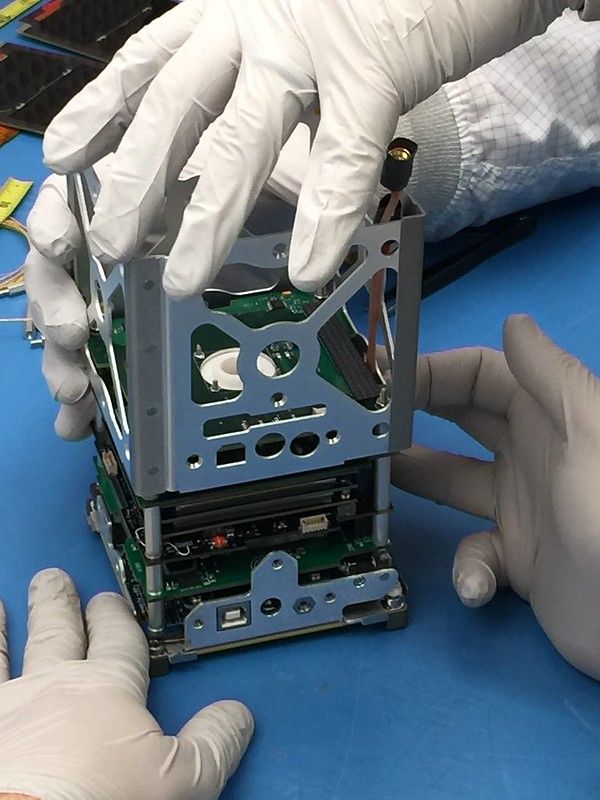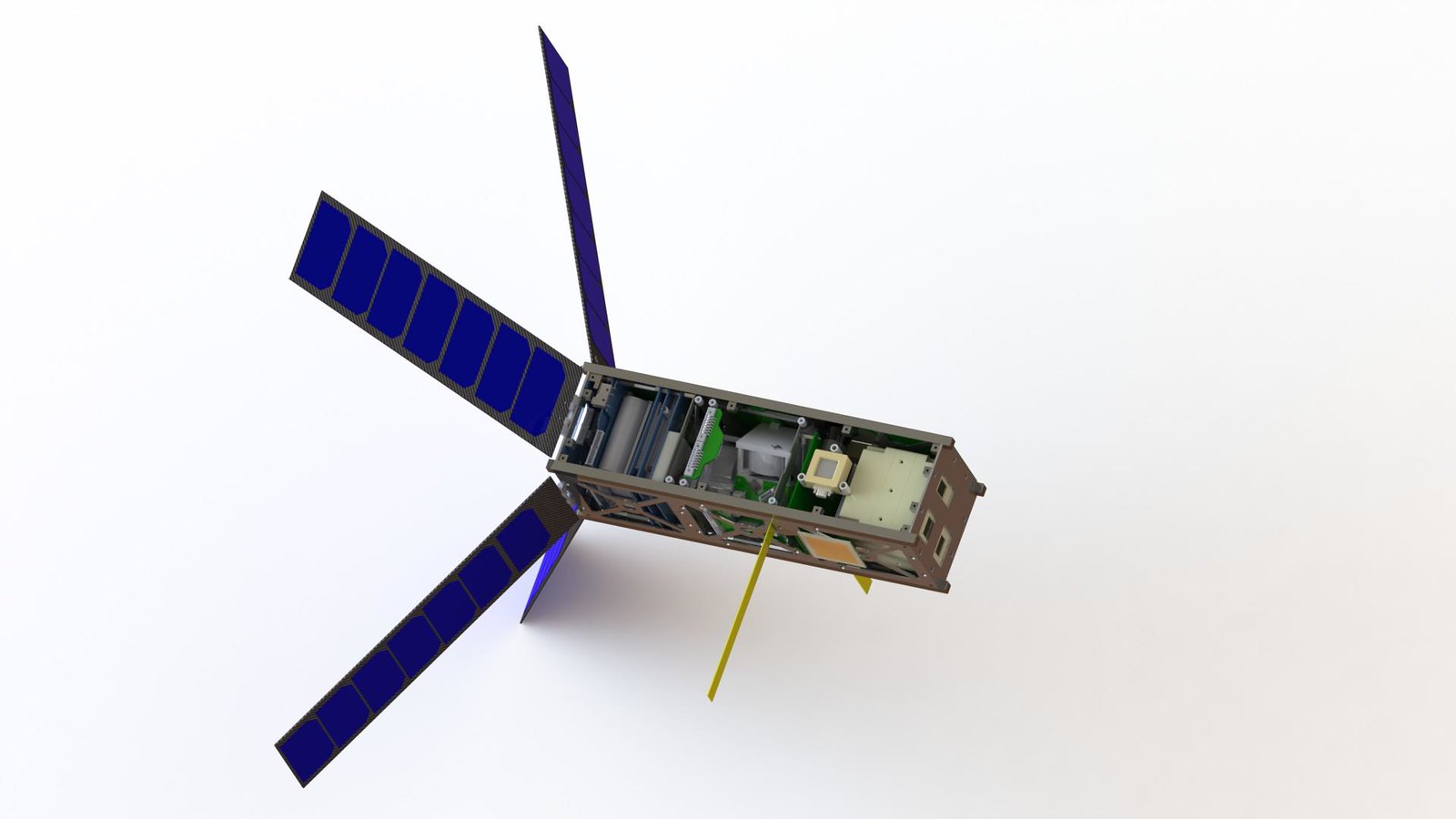Indx-techs
FULL MEMBER

- Joined
- Dec 3, 2016
- Messages
- 493
- Reaction score
- -4
- Country
- Location
According to a local TV channel C-37 launch is planned for February 8 at 8:29 am LT (02:59 UTC)
Tentative launch schedule
2017
Feb 8 02:59 UTC - PSLV(XL)-C37 - Cartosat-2D + INS-1A + INS-1B + 100 nanosats (Germany, Israel, Kazakhstan, NL, Switzerland, USA)
March - GSLV Mk III D1 (SLP) - GSAT-19
end March - GSLV Mk II F09 - GSAT-9 (part of P/L known as South Asia Sat)
April/May- PSLV C38 - EMIsat ?+SPaDEx ? + 3 Diamonds (Australia) + Venta-1 + Max Valier
NET July - GSLV Mk II F11 - GSAT-6A
- PSLV - 8 Skysat-C (tbc)
December - PSLV - Cartosat-2E
December 28 - PSLV - Team Indus Lunar Lander/ Rover + Team Hakuto Rover
piggybacked on PSLV: Microsat, PlanetiQ-1, PlanetiQ-2, InnoSat-2 (Malaysia), CE-SAT1 (Japan), Niusat, IITMSAT
Q1- Ariane 5 - GSAT-11
Q1- Ariane 5 - GSAT-17
2018
March - PSLV - Cartosat-3
July - PSLV - Oceansat-3
Q3 - PSLV - EnMap (Germany)
- GSLV Mk II F12 - GSAT-7A
- GSLV Mk II F10 - GISAT (GEO Imaging SATellite)
(or December 2017) - GSLV Mk III D2 - GSAT-20
December - GSLV Mk II D9 - Chandrayaan-2
piggybacked on PSLV : IMS(Indian Mini Satellite)/Atmos, IMS-1E, IMS-1F, IinuSat, IMS-B, PARIKSHIT, NEMO-AM (FY 2018-19)
2019
March - PSLV - Cartosat-3A
Q2 - PSLV - RISAT-1A
- PSLV XL - Aditiya-1
December or 2020 - PSLV - Oceansat-3A
piggybacked on PSLV: HYSIS
2020
March - PSLV - Cartosat-3B
- PSLV - RISAT-2A
Q2 - PSLV - Resourcesat-3S
Q2 - PSLV - Resourcesat-3
- PSLV? - MOM-2
2021
Q2 - PSLV - Resourcesat-3SA
Q2 - PSLV - Resourcesat-3A
- GSLV MkII - NISAR (NASA-ISRO SAR sat)
2022
Q1 - PSLV - Resourcesat-3B
- GSLV MkII - Insat-3DS
2024
- GSLV MkIII - First manned mission
Thanks input~2
Please note that 7 PSLVs have been scheduled for 2017, entire schedule may not be covered here.
Tentative launch schedule
2017
Feb 8 02:59 UTC - PSLV(XL)-C37 - Cartosat-2D + INS-1A + INS-1B + 100 nanosats (Germany, Israel, Kazakhstan, NL, Switzerland, USA)
March - GSLV Mk III D1 (SLP) - GSAT-19
end March - GSLV Mk II F09 - GSAT-9 (part of P/L known as South Asia Sat)
April/May- PSLV C38 - EMIsat ?+SPaDEx ? + 3 Diamonds (Australia) + Venta-1 + Max Valier
NET July - GSLV Mk II F11 - GSAT-6A
- PSLV - 8 Skysat-C (tbc)
December - PSLV - Cartosat-2E
December 28 - PSLV - Team Indus Lunar Lander/ Rover + Team Hakuto Rover
piggybacked on PSLV: Microsat, PlanetiQ-1, PlanetiQ-2, InnoSat-2 (Malaysia), CE-SAT1 (Japan), Niusat, IITMSAT
Q1- Ariane 5 - GSAT-11
Q1- Ariane 5 - GSAT-17
2018
March - PSLV - Cartosat-3
July - PSLV - Oceansat-3
Q3 - PSLV - EnMap (Germany)
- GSLV Mk II F12 - GSAT-7A
- GSLV Mk II F10 - GISAT (GEO Imaging SATellite)
(or December 2017) - GSLV Mk III D2 - GSAT-20
December - GSLV Mk II D9 - Chandrayaan-2
piggybacked on PSLV : IMS(Indian Mini Satellite)/Atmos, IMS-1E, IMS-1F, IinuSat, IMS-B, PARIKSHIT, NEMO-AM (FY 2018-19)
2019
March - PSLV - Cartosat-3A
Q2 - PSLV - RISAT-1A
- PSLV XL - Aditiya-1
December or 2020 - PSLV - Oceansat-3A
piggybacked on PSLV: HYSIS
2020
March - PSLV - Cartosat-3B
- PSLV - RISAT-2A
Q2 - PSLV - Resourcesat-3S
Q2 - PSLV - Resourcesat-3
- PSLV? - MOM-2
2021
Q2 - PSLV - Resourcesat-3SA
Q2 - PSLV - Resourcesat-3A
- GSLV MkII - NISAR (NASA-ISRO SAR sat)
2022
Q1 - PSLV - Resourcesat-3B
- GSLV MkII - Insat-3DS
2024
- GSLV MkIII - First manned mission
Thanks input~2
Please note that 7 PSLVs have been scheduled for 2017, entire schedule may not be covered here.













